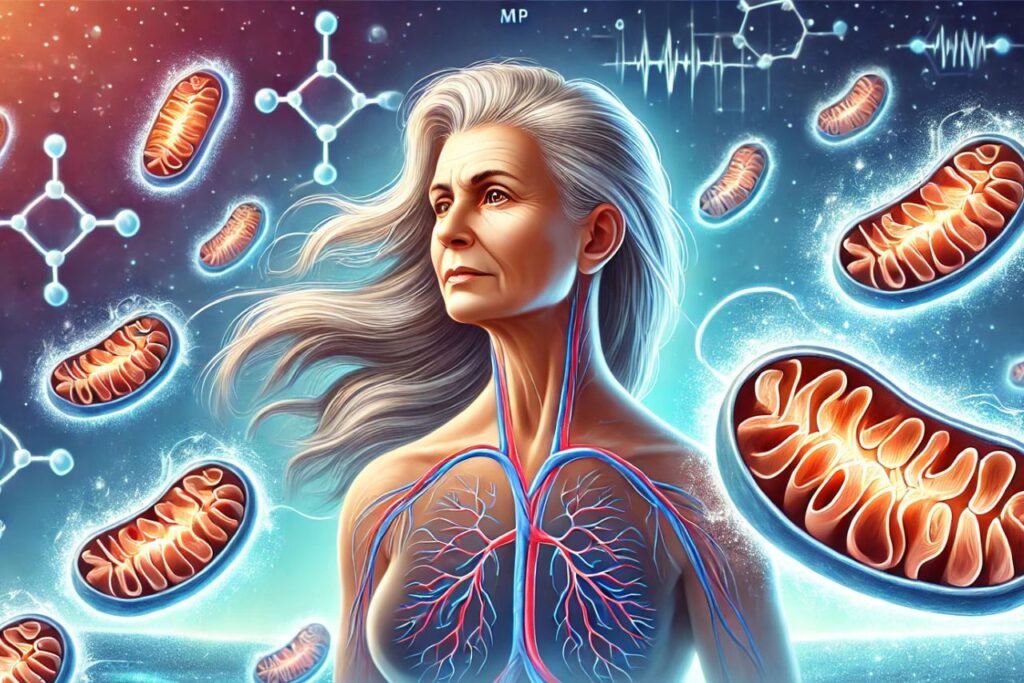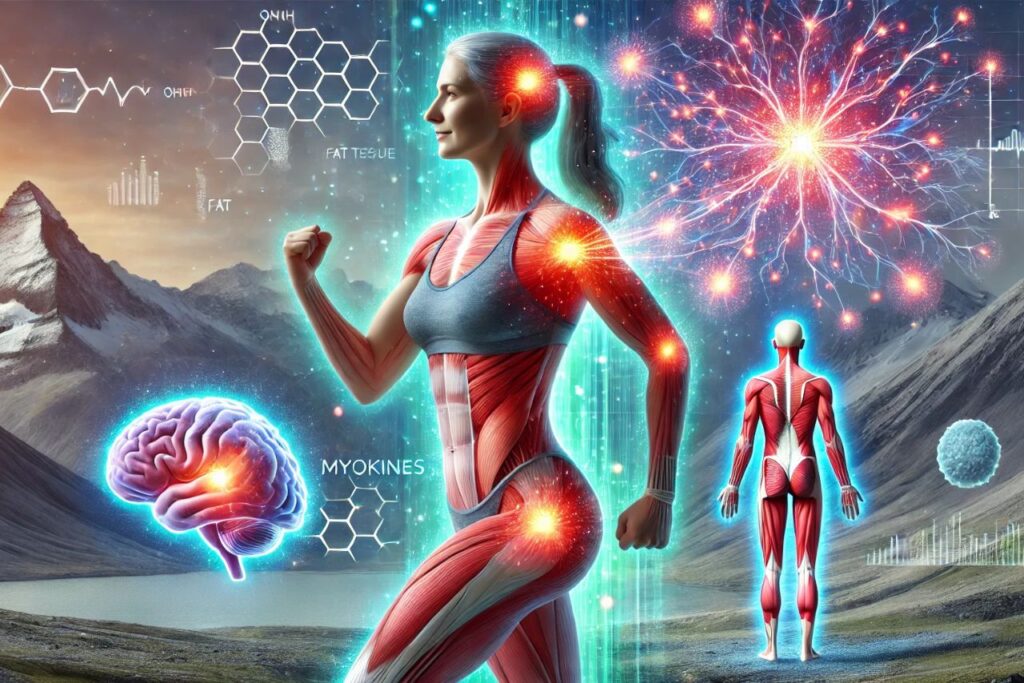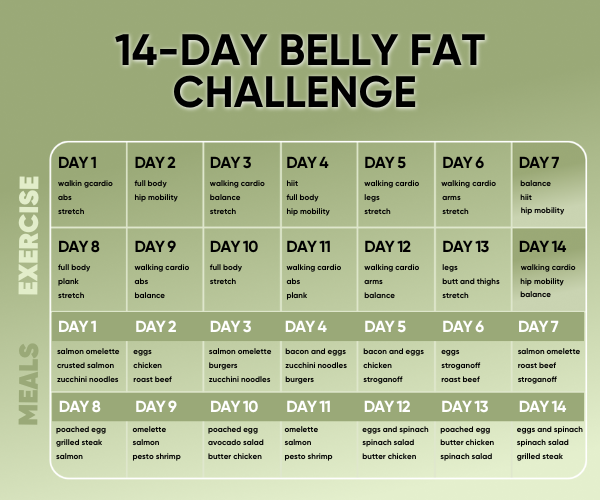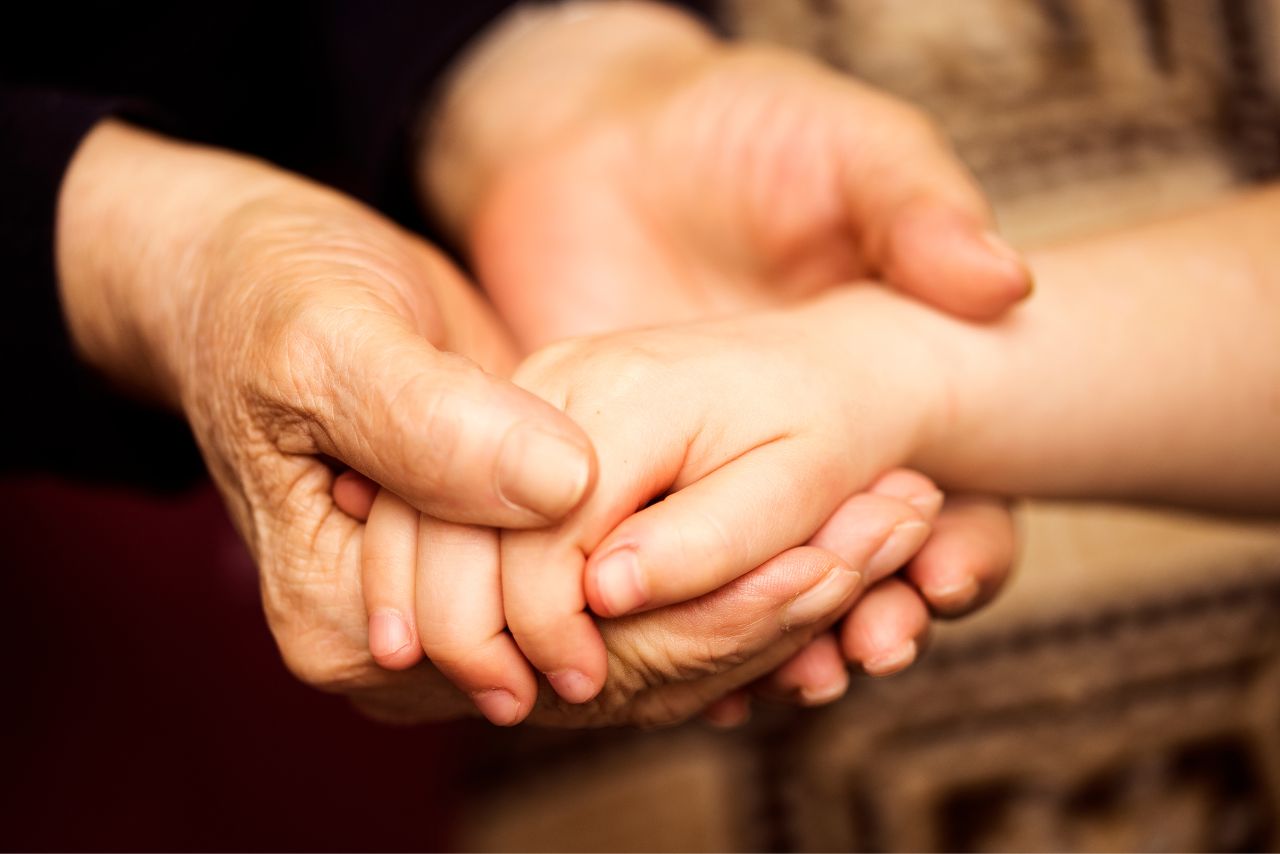
Feeling Tired, Foggy, or Sluggish? The Answer Might Be in Your Muscles!
As we get older, our energy levels change, our metabolism slows, and brain fog can creep in. But did you know that your muscles hold the secret to feeling vibrant, strong, and full of life?
Two key players in this process are myokines and mitochondria—but don’t worry, you don’t need a science degree to understand how they work for you!
Let’s break it down in simple terms so you can start taking action today.
What Are Myokines and Mitochondria?
Imagine your body as a smartphone in a house:
- Mitochondria are like your phone battery, supplying energy to keep everything running smoothly.
- Myokines are like tiny housekeepers that your muscles release every time you move, keeping everything in top shape.
These two work together to keep you energized, strong, and healthy—especially after 50 when natural aging slows things down.
Mitochondria: Your Body’s Phone Battery

Mitochondria are tiny structures inside your cells that convert food and oxygen into energy. Just like a phone battery, they power everything—your muscles, brain, and metabolism.
Why It Matters After 50:
- Mitochondria naturally decline with age, meaning less energy and a slower metabolism.
- When your mitochondria weaken, it’s like trying to get through the day with a phone stuck at 10% battery—you feel exhausted no matter what.
- Exercise and proper nutrition can recharge and rebuild mitochondria, helping you feel younger and more vibrant.
? Scientific Support: A study in The Journal of Physiology found that exercise significantly enhances mitochondrial efficiency and biogenesis, leading to better energy production and reduced fatigue as we age (Source).
How to Boost Mitochondria:
- Strength training and steady-state cardio (Zone 2 training) encourage new mitochondria growth.
- Eating healthy fats (olive oil, salmon, nuts) and protein supports mitochondrial function.
- Quality sleep, hydration, and reducing stress help keep mitochondria working well.
READ ALSO: Mitochondria: The Key to Energy, Aging, and a Sharper Mind
Myokines: The Housekeepers That Keep You Young

Myokines are special proteins released by muscles when you move. Think of them like tiny housekeepers that clean up inflammation, tell your body to burn fat, and keep your brain sharp.
Why Myokines Matter After 50:
- They help burn fat and regulate blood sugar, making weight management easier.
- Some myokines, like BDNF (Brain-Derived Neurotrophic Factor), support memory and mental clarity.
- They reduce chronic inflammation, which is linked to aging and disease.
?Scientific Support: A study in Frontiers in Physiology highlighted that exercise-induced myokines, such as BDNF, play a crucial role in cognitive function and may help prevent age-related brain decline (Source).
How to Activate More Myokines:
- Strength training releases muscle-protecting and fat-burning myokines.
- Walking and aerobic exercise help boost brain-protecting myokines.
- Staying active throughout the day triggers continuous healthy signals to your body.
READ ALSO: Myokines: The Body’s Natural Anti-Aging Secret For Women Over 50
Why Women Over 50 Need Both Myokines and Mitochondria

Together, mitochondria and myokines play a huge role in how you feel every day. The more you move, the stronger your mitochondria become, and the more myokines your body releases. This means:
- More energy to do what you love (a fully charged phone battery!)
- Better metabolism and fat-burning (housekeepers keeping things running smoothly!)
- Sharper brain function and improved mood Stronger muscles and bones to prevent injuries
Scientific Support: Research published in The Journal of Clinical Medicine confirmed that regular exercise increases myokine production, leading to improved metabolic regulation and reduced inflammation—both key factors in aging well (Source).
The best part? You don’t need extreme workouts to see results! Even gentle strength training, walking, and stretching can wake up these powerful systems in your body.
Final Thoughts: Move More, Feel Amazing
If you’re feeling tired or sluggish, it’s not just aging—it’s your phone battery running low and your housekeepers taking a break!
By keeping your mitochondria strong and activating myokines, you can enjoy more energy, a sharper mind, and a healthier body
So, start small—take a walk, do a few squats, or try some light weights. Every movement counts. Your body will thank you!
♡ Love ♡,
Schellea.
References
Kwon, J. H., Moon, K. M., & Min, K.-W. (2020). Exercise-induced myokines can explain the importance of physical activity in the elderly: An overview. Healthcare, 8(4), 378. https://doi.org/10.3390/healthcare8040378
Memme, J. M., Erlich, A. T., Phukan, G., & Hood, D. A. (2021). Exercise and mitochondrial health. The Journal of Physiology, 599(3), 803–817. https://doi.org/10.1113/JP278853
Mormeneo, E., Jimenez-Mallebrera, C., Palomer, X., De Nigris, V., Vázquez-Carrera, M., Orozco, A., Nascimento, A., Colomer, J., Lerín, C., & Gómez-Foix, A. M. (2012). PGC-1α induces mitochondrial and myokine transcriptional programs and lipid droplet and glycogen accumulation in cultured human skeletal muscle cells. PLOS ONE, 7(1), e29985. https://doi.org/10.1371/journal.pone.0029985
Pang, B. P. S., Chan, W. S., & Chan, C. B. (2021). Mitochondria homeostasis and oxidant/antioxidant balance in skeletal muscle—Do myokines play a role? Frontiers in Physiology, 12, 669339. https://doi.org/10.3389/fphys.2021.669339
Xing, G., Yiyan, C., & Peng, C. (2024). Unlocking the potential of exercise: Harnessing myokines to delay musculoskeletal aging and improve cognitive health. Frontiers in Physiology, 15, Article 1338875. https://doi.org/10.3389/fphys.2024.1338875



















